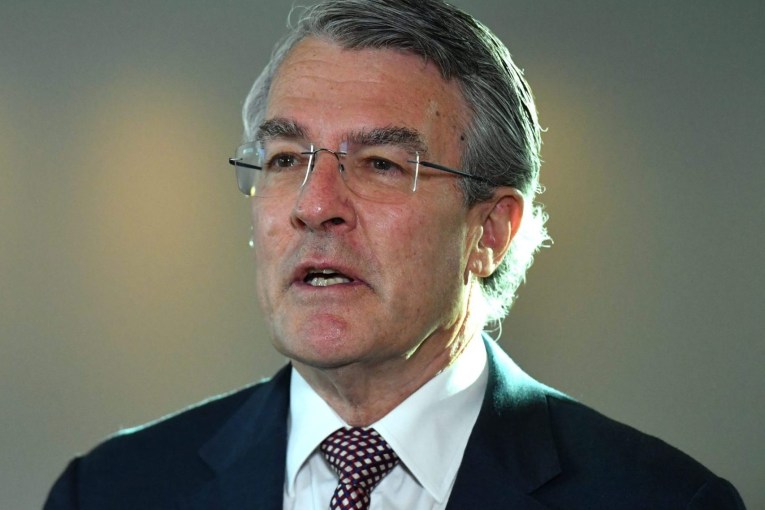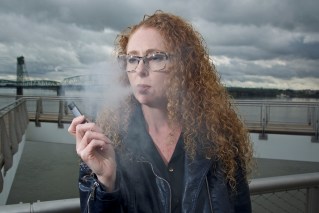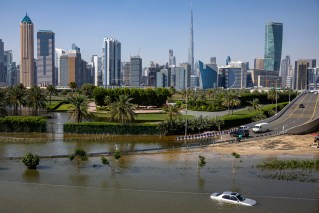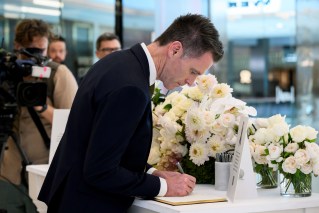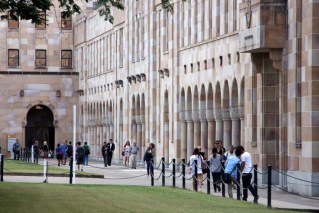Report says Queensland power stations are nation’s least reliable
A report on Australia’s gas and coal-fired power stations shows Queensland accounts for 41 per cent of the country’s power plant outages — the highest in Australia.
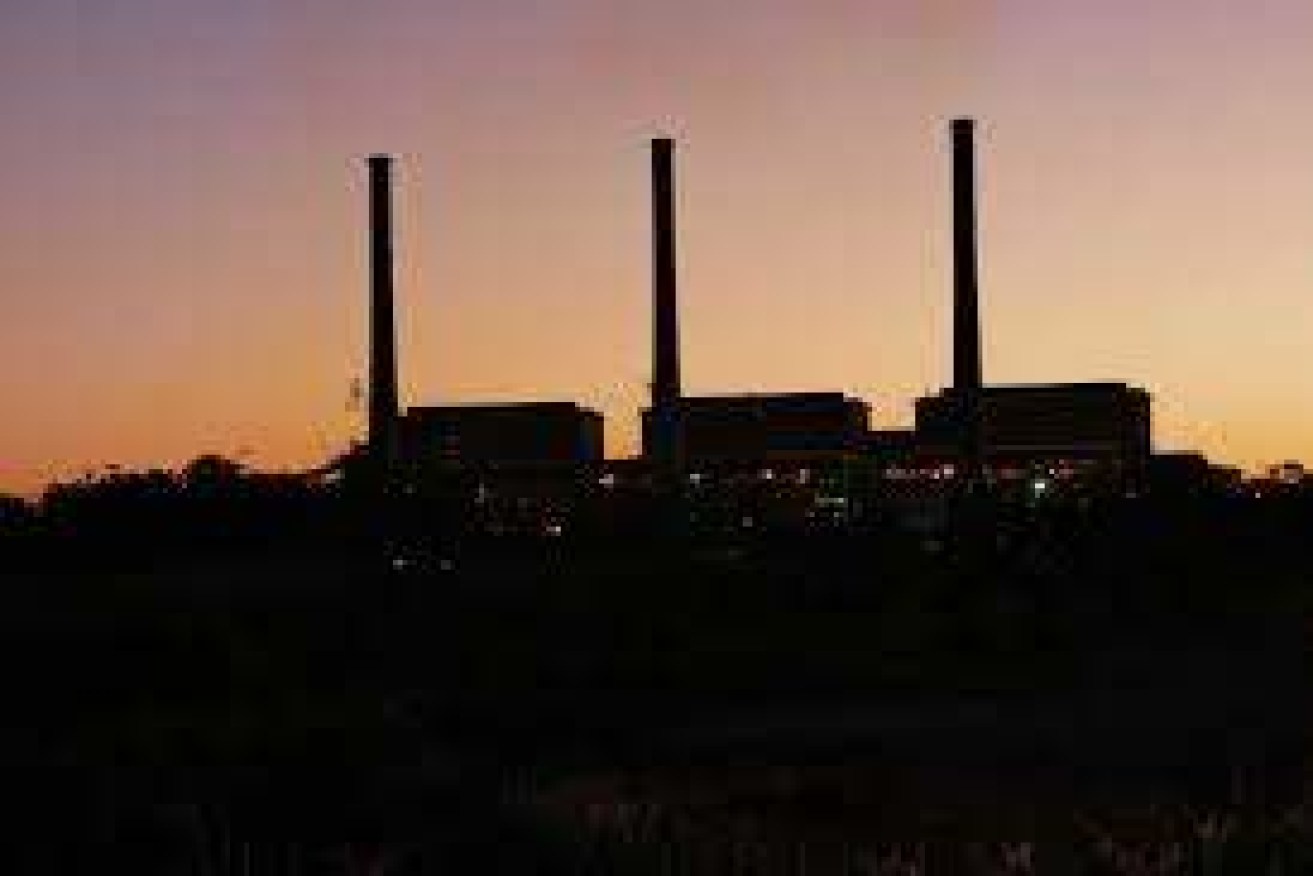
Gladstone power station had the most outages, a report found.
A report on Australia’s gas and coal-fired power stations shows Queensland’s power stations account for 41 per cent of the country’s power plant outages.
Canberra-based think-tank The Australia Industry has analysed two years worth of data from the National Energy Market (NEM) on breakdowns at gas and coal-fired power stations across the country.
It found 93 of the 227 cases of fossil fuel-powered plants breaking down, were at Queensland power stations, with the state’s newest “supercritical” plants among the least reliable.
Climate and Energy Program Director Richie Merzian said the figures cast doubt on the claims coal and gas were reliable base-load power sources.
“This piece of research looks specifically at Queensland and the number of breakdowns in the coal and gas-fired power stations that keep the lights on in in the Sunshine State,” Merzian said.
“What it found is that in total Queensland has the highest number of breakdowns for gas and coal-fired power stations than any other state in the electricity market.
“So, despite having some of the newest coal-fired power stations, what are called “supercritical” coal-fired power stations, it hasn’t helped in terms of that consistent performance.
“If anything it’s actually led to a greater number of breakdowns.”
Coal reliable and cheap: Queensland Resources Council
However, head of the Queensland Resources Council Ian Macfarlane said coal keeps the lights on and is cost effective.
“Queensland has some of the lowest-cost electricity in Australia thanks to its younger coal generation fleet, the majority of which are owned by the [State] Government,” Macfarlane said.
“This combined coal generation fleet reliably and consistently delivers more than 70 per cent of Queensland’s energy needs and keeps the lights on in New South Wales and Victoria by sending surplus electricity over the border to cover generation shortfalls in those states,” he said.
But Merzian said the figures taken from the National Energy Market show Queensland’s power stations — even the younger generation — have reliability issues.
Kogan Creek biggest and most unreliable power unit
The report by the Australia Institute’s Gas and Coal Watch found: “Queensland’s newer supercritical coal power stations had disproportionally high rates of breakdown with Australia’s newest coal power station at Kogan Creek, the most unreliable single generating unit in the NEM.”
The Kogan Creek power station alone broke down 13 times in the two years covered by the report.
While other power stations had more failures, they have multiple power units.
The 93 breakdowns at Queensland gas and coal-power stations included:
- 19 at Gladstone (subcritical black coal)
- 18 at Stanwell (subcritical black coal)
- 13 at Kogan Creek (supercritical black coal)
- 12 at Tarong (subcritical black coal)
- 10 at Callide A and B (subcritical black coal)
- 6 at Millmerran (supercritical black coal)
- 5 at Callide Power Plant (supercritical black coal)
- 4 at Braemar (gas)
- 3 at Swanbank (gas)
- 2 at Tarong North (supercritical black coal)
- 1 at Oakey (gas)
“Kogan Creek, which is the newest coal-fired power station on the grid, is just a single unit generator, but it’s also the largest single unit on the whole grid,” Merzian said.
“Because it’s so big — 750 megawatts — when it does break and breakdown completely, it just throws out the entire grid,” he said.
He said it raised questions about whether another supercritical power station should be built in Collinsville in Queensland.
“It throws up the question of whether coal is the most suitable, or whether we should be looking at more diversified energy sources, like in renewables.
“The other question that comes into play is cost.
“We know that renewable energy is cheaper to build, even with six hours of backup storage tacked on to it — it’s cheaper to build than coal by about 30 per cent.
“That might explain why the market has only built renewable tin the last decade,” Merzian said.
– ABC / George Roberts
